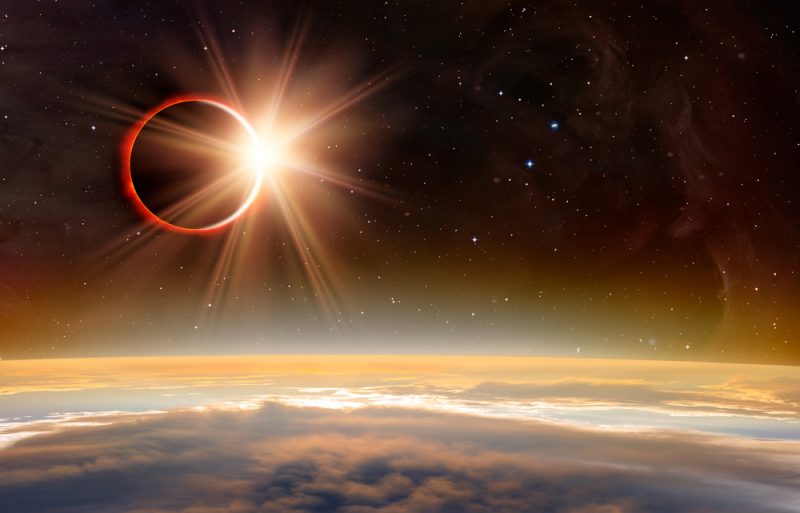California increased electricity imports, natural gas generation during eclipse

To make up for reduced solar energy output during the Aug. 21 solar eclipse, California increased electricity imports and production at thermal units powered by natural gas.
The sun was obscured by 60 to 70 percent in the state.
California has 43 percent of U.S. utility-scale solar and 40 percent of U.S. small-scale solar as of May 2017. During the eclipse, solar output on the California Independent System Operator (CAISO) electric system decreased by approximately 60 percent from 9.1 gigawatts (GW) to 3.6 GW during the 10:00 a.m. to 11:00 a.m. hour.
CAISO prepared the drop in output by procuring an extra 100 megawatts (MW) to 150 MW of regulation capacity, a market-based ancillary service used to cover short-term gaps between demand and supply.
During the eclipse, CAISO total net load increased by 1.2 GW compared to the average of the previous five weekdays. Thermal generation, the vast majority of which is fueled by natural gas in California, increased by 3.7 GW. Conventional hydroelectric generations also increased slightly. Electricity imports rose by 2.2 GW.
Wholesale electricity prices in CAISO’s day-ahead electricity market increased for the hours of the eclipse compared with average prices during the week before. Other higher-priced resources were scheduled to operate during the eclipse to make up for the expected decrease in solar generation.
Less solar generation than anticipated dropped off during the eclipse according to CAISO, which led to brief periods of over-generation when combined with the expected increase in solar availability after the eclipse.
CAISO real-time prices became negative immediately after the eclipse due to oversupply, which caused some solar generation to be curtailed and contributed to the slowed return of solar electricity onto the system across a couple hours.
